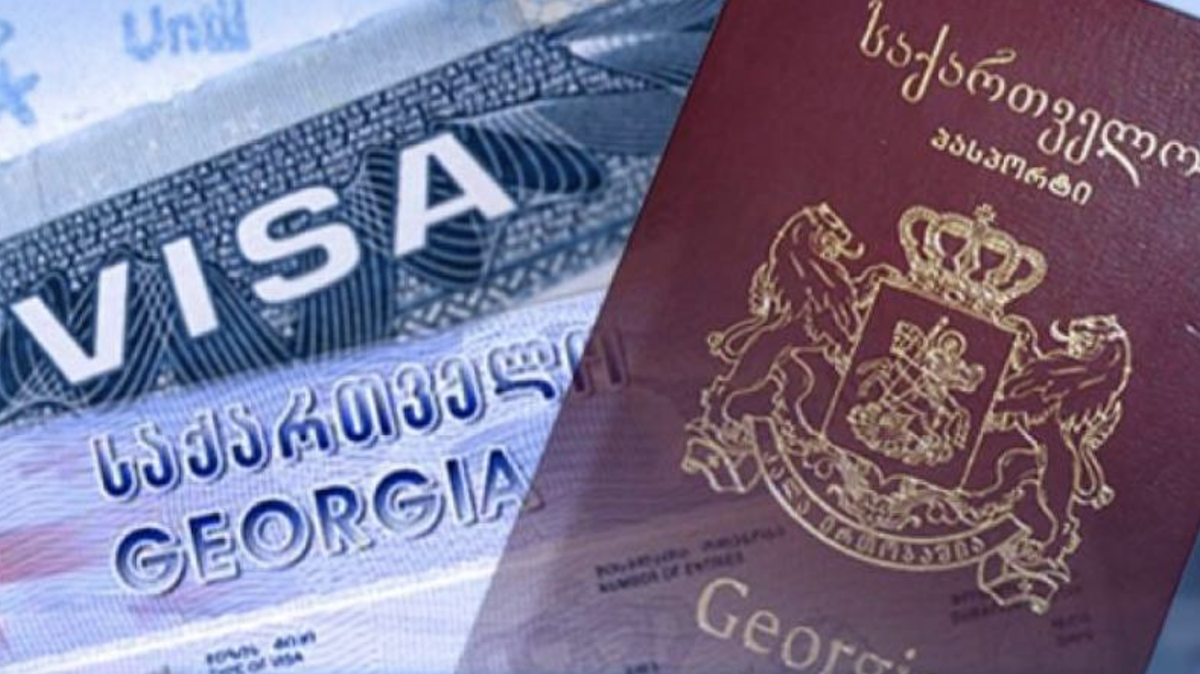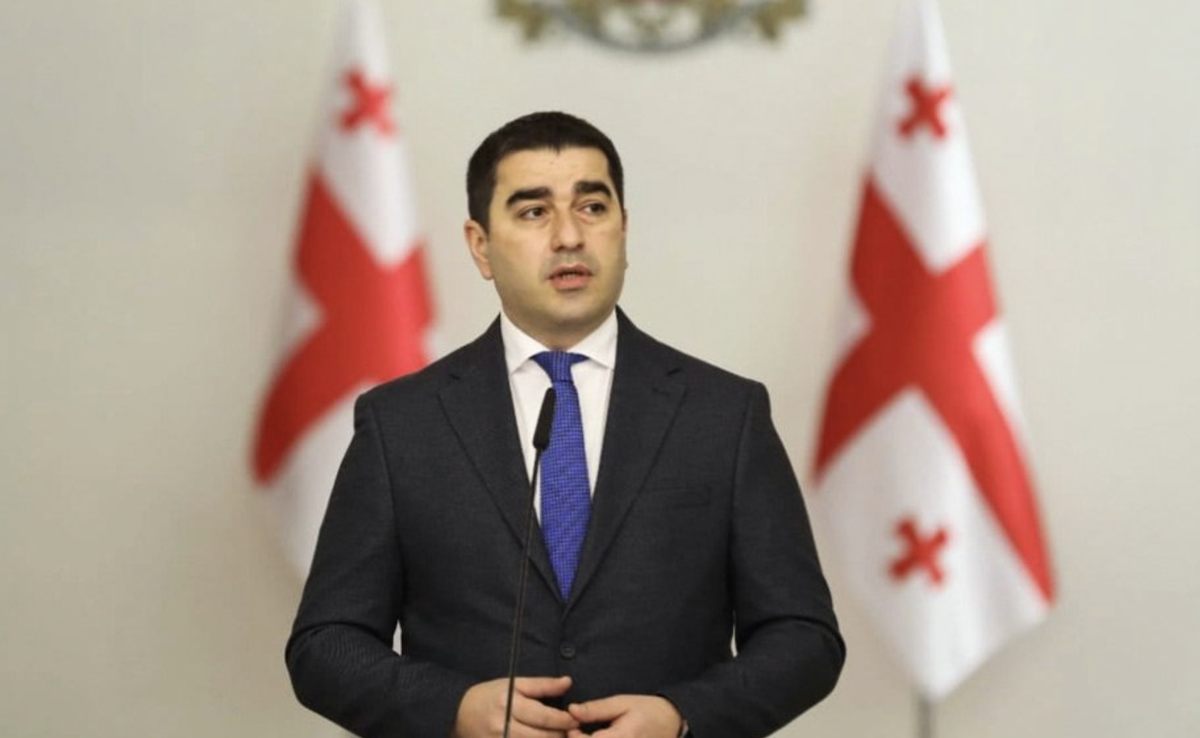Azerbaijani banks: what’s to be expected?
Banks have kind of ‘captured’ the news headlines: The International Bank’s ‘ATM’ cash crisis, lack of dollars and a lot more. The outgoing year has turned out to be eventful for the financial and banking spheres.
43 banks were operating in the country as at the start of the year, whereas by the end of November their number has dropped to 32. At the same time, banks are ranked 2nd after construction companies in terms of staff reduction rates, 4 and 2 thousand people, respectively. The processes that started in the ‘year of two devaluations’ have been further intensified due to the lack of real anti-crisis measures.
And what has been done by the government, or the Central Bank of Azerbaijan (CBA), the banking sphere’s regulatory authority? Financial Markets Supervisory Authority (FMSA), a new agency aimed at regulating the banking, insurance and financial activities, was set up on the President’s decree, in February 2016. The CBA ‘focused’ on purely financial indices, whereas the FMSA assumed direct responsibility for banks’ activities.
Given the recent devaluation and a drop in oil prices, the CBA did’t have many alternatives. At first it kept reducing the amount of money supply in order to decrease demand for foreign currency and increase demand for the local one.
To make the Manat more ‘expensive’, the CBA raised the discount rate 5 times, from 3 to 15%. Discount rate is the money ‘value’ or interest rate charged to commercial banks for loans received from the Central Bank in national currency.
But has anything changed? Generally speaking, the CBA started activities for reduction of the Manat supply as early as in 2015. A maximum monetary base (the amount of cash in circulation) was reported in December 2015.
The volume of foreign currency deposits has dropped by 25-30% over the past year. This suggests that depositors, first of all, keep withdrawing their foreign currency deposits, which increases demand for currency, though, earlier, the depositors just converted Manats accumulated on their accounts into foreign currency.
Foreign currency/Manat deposit ratio made 4,3 to 6,8billion in early 2015, whereas by the end of 2015 it already made 12,6 to AZN3,9billion. In view of the average US dollar rate amounting to 1,57 in the first 9 months of 2016, and given that US dollar makes 85% of foreign currency in our country, about US$2 billion were withdrawn from banks by the depositors. Even if we consider that approximately US$400 million fall to the share of bankrupt banks, other banks will account for US$1billion on average, which is a fair amount for a small Azerbaijani economy.
On the other hand, the CBA has had to promptly decide on the failed banks’ deposits issue. Namely, all private banks were the members of the Deposit Insurance Fund. Consequently, their depositors were entitled to get their money back. At the same time, on March 2, the deposit insurance legislation was amended with the aim to attract more depositors to the banks. If earlier, the insurance covered only the deposits amounting up to AZN30,000 under 12% annual interest rate, now the interest rate has been raised to 15% and the upper limit of deposit insurance coverage has been removed completely.
Before that, the CBA had revoked 6 banks’ licenses. Their depositors were allocated AZN177million. Taking into account the DIF funds (Deposit Insurance Fund), they could somehow cope with such a volume of deposits. However, after introduction of the legislative amendments, many depositors renewed their deposit contracts and any bankruptcy might have affected the DIF.
And the opportunity was not long in coming. At the end of July, 4 banks were revoked their licenses, this time by the FMSA, and a temporary administration was appointed at ‘Bank Standard’, country’s second huge bank in terms of deposits.
AZN 125million were to be paid to 4 bank depositors. So, the DIF has had to turn to the CBA, since it simply didn’t have funds to make such payoffs. However, the initial loan made just AZN25million. The amount seemed trifle. Besides, the largest bank among those, closed at that time, was ‘Texnikabank’, the market middle-sizer. So, no one thought that one of the country’s largest banks would be let go bankrupt.
But it wasn’t to be! After nearly 2 months of ‘Bank Standard’s management and the agency head’s assurance that none of the banks would be closed, the FMSA had to revoke the license of the country’s second largest bank in terms of deposits. The matter already concerned as much as AZN 500million, including 38 million denominated in Manats, and the rest of the sum – in US dollars (US$265million).
In that case, the state, acting through the CBA (under the legislation, the state cannot assist the banks), has had to interfere and allocate funds. As a result, the total of AZN700 million were paid off to the depositors of 11 banks as of November 20.
The situation now bodes no good. Banks massively reduced the quantity of their lending; they are mostly engaged in paying off their own loans to foreign creditors. Thus, the volume of bank loans in country’s economy has dropped from AZN21 to 15,5billion. Mortgage loans are not issued at all. As for other trends, it could be said that loans aren’t actually issued.
At the same time, Azerbaijani banks’ debts to international financial institutions have reduced by US$1,3billion (i.e. this amount has been simply removed from country’s economy).
Foreign exchange transactions have dropped more than 2-3 times due to the shortage of currency in circulation. For example, the volume of US$ sale/purchase transactions made US$800million in September 2015, whereas in September 2016 it already amounted to US$379million, which is suggestive of a decline of economic activity – reduction of foreign exchange incoming in the country, as well as other foreign exchange transactions, related to foreign residents.
Meanwhile, the FMSA and CBA are elaborating a new law, allowing the government to rescue the banks. In view of the fact that the country’s largest bank- International Bank of Azerbaijan (IBA) has recently reported on transfer of AZN10billion worth troubled loans (with the total assets currently amounting to AZN14billion) to ‘Agrarkredit’ LLC, we may soon hear about huge bankruptcies and the government’s more active intervention in the banking sector.



















